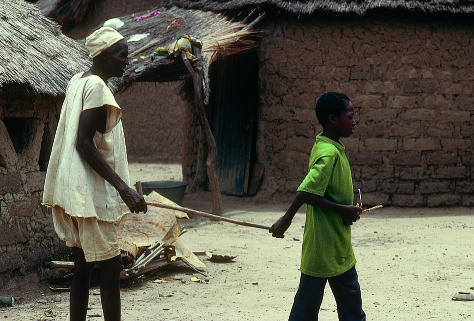The World Health Organisation this month celebrated a public health triumph—the virtual elimination of onchocerciasis, river blindness, in much of its west African home.
According to the WHO, the onchocerciasis control programme of west Africa has saved 100000 people at immediate risk of contracting the disease and prevented the potential infection of nearly 12 million children. In addition, 1.25 million people have lost their onchocercal infection through the programme.
But, added the WHO officials, preventing or controlling infection is only half the good news. Removing the threat of the disease, the agency said, has allowed people to farm 25 million hectares of fertile land capable of feeding 17 million people a year, that had been abandoned as a result of infestations of the black fly, the transmission vector of the disease.
The origins of the onchocerciasis control programme go back 25 years when the WHO joined with several other United Nations development agencies to launch a programme to eliminate the disease in seven west African countries.
But the real novelty of the programme, said the WHO officials, came several years later when a pioneering public-private partnership was struck between the UN agency consortium and Merck, the German pharmaceutical company that developed ivermectin (Mectizan) in the late 1980s. Ivermerctin represented a major breakthrough in the fight against river blindness, in that it was the first drug that could be dispensed widely without fear of serious side effects.
The programme, which is due to end in 2002, also included the training of west African nationals in public health and epidemiological surveillance.
Figure.
DAVID REED/PANOS PICTURES
A boy is the “eyes” for his grandfather, a victim of onchocerciasis



